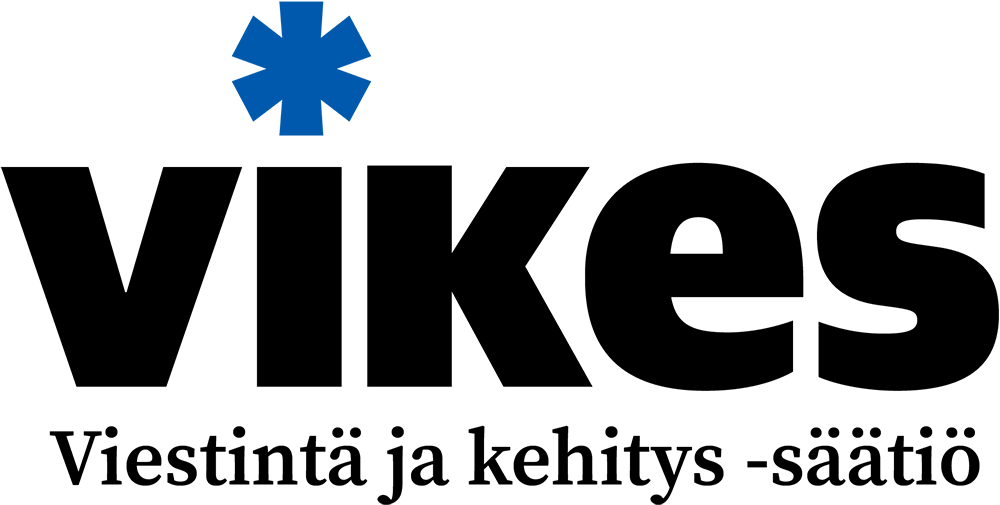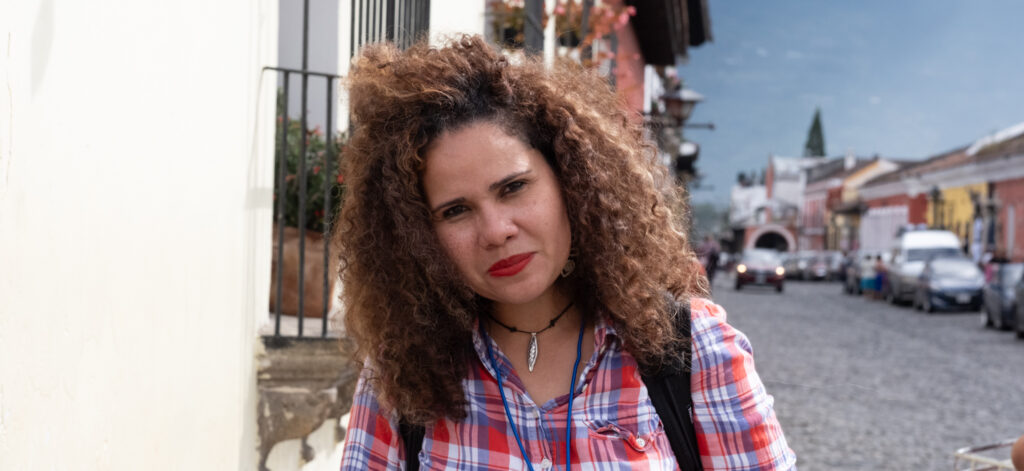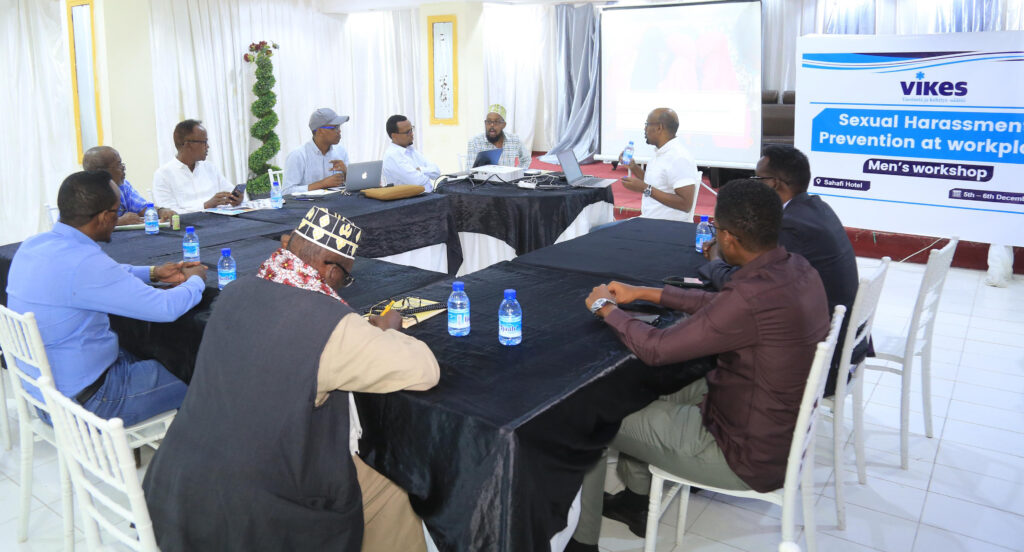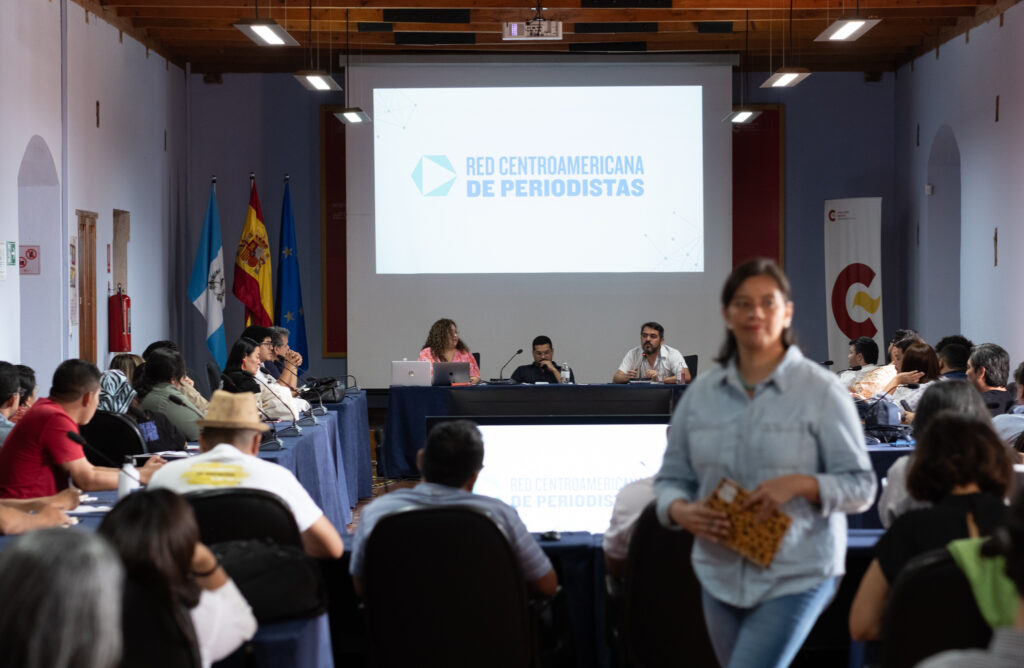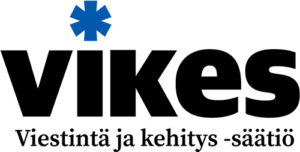In developing countries in particular, women are less well represented in the media than men. In Finland, too, media are more often run by men, although the majority of students in the field are women.
In Finland, women make up a narrow majority of journalists, but in many other countries the situation is different. In the countries where Vikes operates, the proportion of women in the newsrooms ranges from 20% in Nepal to 56% in El Salvador.
In conservative Nepal, journalism is considered unsuitable as a profession for women, as the work involves travelling and being outdoors even after dark.
In Tanzania, female journalists suffered more from covid Lucy Killanga of Vikes’ partner organisation MISA Tanzania said in early 2022 that women were being made redundant far more than men because of the pandemic. Women who try freelancing typically stay at home, as the few gigs go to the men.
However, discrimination does not stop at access to employment, but is present in the media at all levels. A regular report by the Global Media Monitoring Project has some startling facts about the proportion of women in the media worldwide. The figures are from the 2020/2021 report.
- 25% of news sources are women
- 27% of experts talking about COVID in the media were women
- 3% of those in the media were over 80 years old, mostly men
- 68% of parents in the media are women
- 40% of the named authors of stories are women
On average, the situation is worse in poor countries than in industrialised Western countries. But there is still more to do in Finland. According to the report concerning Finland, published in summer 2022, women’s visibility in the Finnish media has stagnated at around 30%, and has been so for three decades.
In Finland, men typically appear in the media as experts (75%) and as spokespersons (65%), while women represent public opinion (67%) and act as eyewitnesses (56%).
Harassment and glass ceilings
When Vikes launched the Women in Media project together with Nepalese and Tanzanian organisations, the first step was to conduct a survey on the state of gender equality in the newsrooms of both countries.
It turns out that the glass ceilings are strong. The top ranks are full of men, and it is difficult for women to advance in their careers.
One important solution can be mentoring. Through the Vikes project, experienced women journalists have mentored younger and less experienced journalists at different stages of their careers, and many have gained more confidence to further their careers.
Sexual harassment is very common, and violence also occurs, the reports found. During the project, Vikes’ partners have noticed that women are now more confident in tackling harassment, and sexual harassment is more openly discussed in the workplace.
Gender-based violence is often not visible in the stories. In Tanzania, for example, it is common for women to appear in stories as successful entrepreneurs, but stories of domestic violence are not told.
Structural changes and gatekeepers
The Vikes project and development thinking concluded that equality requires structural changes.
Most of the newsrooms in Nepal and Tanzania did not have gender policies. They were promoted and lobbied for in order to spread awareness of gender equality.
The Vikes project has trained news managers and other gatekeepers, as news topics are also gendered. News editors are often men, and their perceptions influence who gets a story and how prominently someone’s story is featured.
Often, male journalists are given the opportunity to write about hard topics such as the economy and politics, while women are given softer topics ranging from culture to family issues.
The involvement of men has been one of the great successes, says Sylvia Daulinge of Vikes’ partner TAWMA in our video interview. The story continues after the video.
When women have more access to a wider range of stories, media pluralism also improves.
Equality in all Vikes’ work
Although Vikes has a specific gender equality project, gender equality is important in all of the Foundation’s work and projects.
In Somalia, for example, special training courses have been organised for women journalists, with trainers from Somalia and Finland. In Tanzania’s Community Media Project, journalists have produced separate programmes on women’s rights, while the Yangon Film School in Myanmar ensures that half of each year’s class is made up of women.
The proportion of women among the journalists trained by Vikes varies from year to year. In 2021, it was 44%.
In the future, it has been decided to work with partners to take better account of women with disabilities and gender and sexual minorities.
